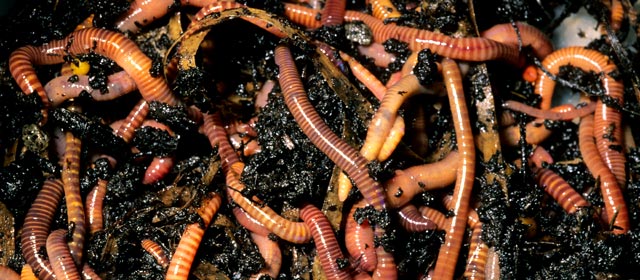He korero whakarapopoto
What are earthworms?
Earthworms are burrowing creatures that live in soils, leaf litter in forests, compost heaps, under stones and logs, and beneath grass or pasture. Some live near the surface, while others burrow down into the soil. Most are small, but some in Australia are 3 metres long. New Zealand’s longest worm is 1.3 metres long.
Why are they important?
Earthworms help to form healthy soil.
- Their tunnels let in air and rainwater, and improve drainage.
- Their activity brings nutrients nearer the surface, where plants can use them.
- They mix leaves, sticks, stones and other material into the soil.
- Their droppings (casts) are rich in nutrients for plants.
A healthy soil has many other organisms, and together with worms they improve pastures and crops.
Earthworms are also food for birds, beetles, slugs and other creatures.
The earthworm’s body
Earthworms are invertebrates: they have no bones. They have no eyes or lungs, and a simple brain. Water can pass through their skin, and it is important that they live in a damp habitat.
The body has many segments, divided by rings that circle the worm. Each segment has muscles that enable the worm to wiggle, and even change shape from short and thick to long and thin.
The bump near the middle of the body is the clitellum. This produces the cocoon for their eggs. The front of a worm is the end that is nearest the clitellum.
New Zealand’s earthworms
Earthworms live in all parts of New Zealand. In forests and farmland, the weight of earthworms can be greater than the weight of all the other animals.
The 171 native species live mainly where the soil is not disturbed – forests, old gardens, hills and mountains.
There are 23 non-native species. The most common group are the lumbricids, which arrived along with plants brought by 19th-century settlers. The worms were spread both by accident, and by farmers using them to improve the soil for pasture growth. Although they thrive under pasture, constant crop-growing makes it hard for them to survive, and there are fewer worms in cropped land.





